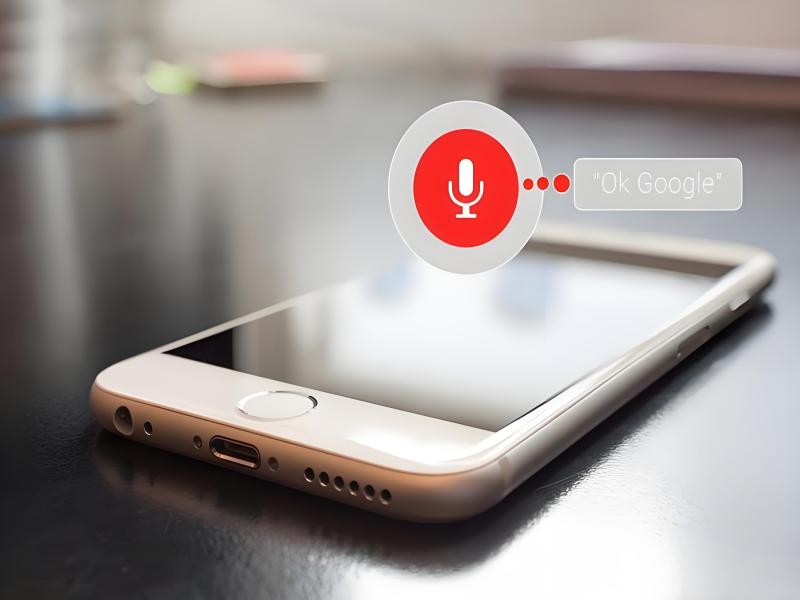- Biometric voice recognition is a sophisticated technology that analyses and identifies an individual based on their distinct vocal patterns and characteristics.
- Biometric voice recognition is poised to play a crucial role in shaping the future of secure and seamless authentication processes.
Biometric voice recognition is a powerful tool in the field of identity verification, offering a secure and user-friendly alternative to traditional authentication methods. As technology continues to advance, the accuracy and reliability of voice biometrics are expected to improve, making it an increasingly attractive option for a wide range of applications. Whether for security, customer service, or personal use, biometric voice recognition is poised to play a significant role in the future of identity management.
Understanding biometric voice recognition
Biometric voice recognition, also known as voice biometrics, is a type of biometric identification technology that analyses and measures the unique characteristics of a person’s voice to verify their identity. It operates on the principle that each individual’s voice has distinct patterns, much like fingerprints or facial features.
Biometric voice recognition initiates with collecting a voice sample, typically a phrase or words spoken by the individual. The system then meticulously extracts distinctive voice features, including pitch, tone, rhythm, and speech patterns, to craft a unique voiceprint. This digital voice signature is subsequently stored and used to authenticate the person’s identity by comparing it against new voice samples provided during the verification process.
Also read: Hacking in voice recognition tech
Also read: How biometric profiling means we all see things slightly differently online
How biometric voice recognition works
Enrollment: During the enrollment phase, individuals provide a voice sample that is used to create their unique voiceprint. This voice sample is captured by the system and analysed to extract distinctive vocal features, such as pitch, tone, and speech patterns, which are then used to generate a digital representation of the individual’s voiceprint.
Voiceprint storage: Once created, the voiceprint is securely stored in a database for future reference. This storage process is essential to ensure that the system has access to the user’s reference voiceprint for comparison during authentication. Voiceprints are encrypted and safeguarded to protect sensitive biometric data from unauthorised access.
Authentication: During the authentication process, users are required to provide a live voice sample for verification. This live voice sample is captured by the system in real-time and compared against the stored voiceprint in the database. Advanced algorithms analyse the vocal characteristics of the live voice sample and compare them with the reference voiceprint to determine a match.
Decision making: Based on the comparison results, the system makes a decision regarding the user’s identity and authentication status. If the live voice sample closely matches the stored voiceprint within an acceptable margin of error, the system grants access to the user. In cases where the match is not definitive, access may be denied, and additional verification measures may be required.
The importance of biometric voice recognition
Non-invasive and convenient: Biometric voice recognition is non-invasive and easy to use, requiring minimal user effort compared to other biometric methods.
User-friendly: It offers a user-friendly experience, as speaking is a natural and intuitive action for most individuals.
Continuous authentication: Unlike other biometric methods that may require physical contact or specific positioning, voice recognition can be done continuously and at a distance.
Accessibility: It is accessible to individuals with disabilities, as it does not rely on physical attributes that may be compromised.

